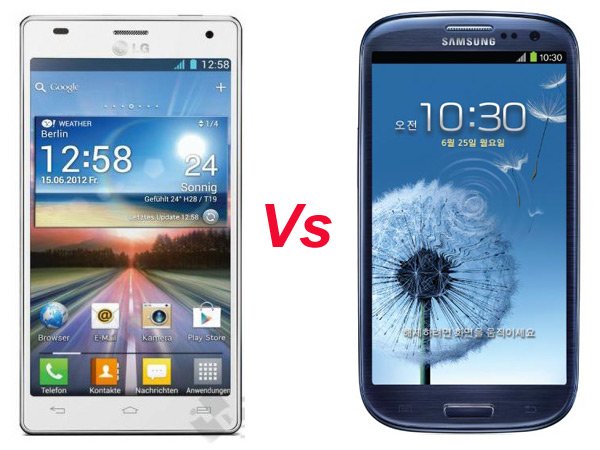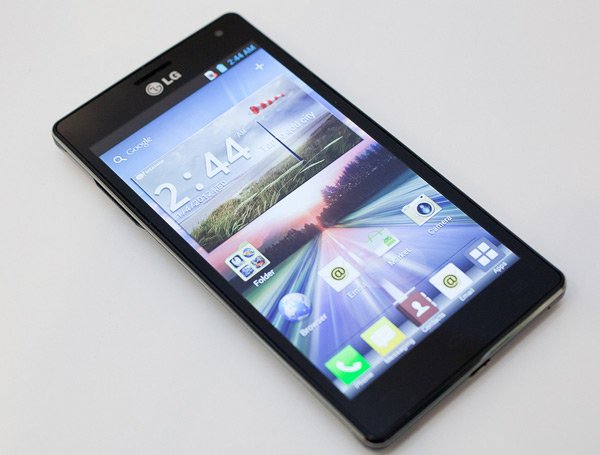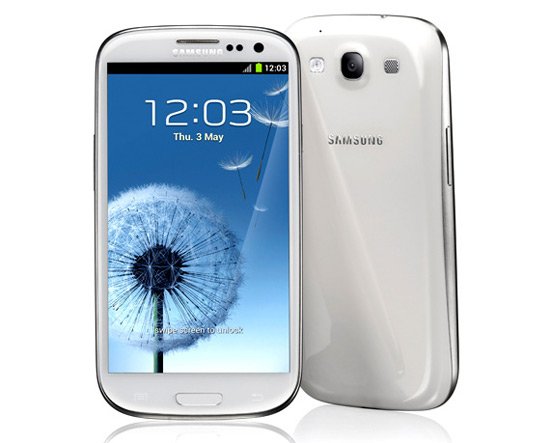LG Optimus 4X HD vs Samsung Galaxy S III comparison
Samsung Galaxy S III and LG Optimus 4X HD are two of the smartphones that people want to know more about. Here is the comparison we made between them.
Both Samsung’s Galaxy S III and LG’s Optimus 4X HD are devices that offer a lot of pros. But they are different from one another. First off: the price. While the Optimus 4X HD costs $733.00, the Galaxy S III has a price of $699.00 (the unlocked version).
The specifications
The second difference we noticed had to do with the specs. The LG Optimus 4X HD features a 4.7″ True HD-IPS touchscreen, a 2150mAh battery, 720 x 1280 resolution, 312 pixels per inch, a Quad Core 1.5GHz NVIDIA Tegra 3 CPU, a 1.3-megapixel (on the front) and an 8-megapixel cam (on the back).
Compared to these, the Galaxy S III features the following specifications: a 4.8″ super AMOLED touchscreen, 1280 x 720 pixels, 306 pixels per inch, a 1.9-megapixel cam on the front, a Quad Core 1.4GHz Cortex A9 processor, a 2100mAh battery and an 8-megapixel camera on the back. The operating systems of these two smartphones are the same: the Android 4.0 Ice Cream Sandwich. The 4.1 Jelly Bean OS will appear soon on both of these devices. The names of the interfaces are different: LG uses an Optimus 3.0 and Samsung uses the TouchWiz. From what is known, both of the interfaces deliver great user experience.
The design
The design of these smartphones is similar from the point of view of the accents and solidity. But, the fact that the LG has an IPS-LCD touchscreen is a con for many, since Samsung’s AMOLED display delivers better saturation on the whole. But this is all a matter of personal taste. Because some users prefer the IPS version. The latter is known to deliver better colors. And vertical viewing angles are superior-looking. Then there are consumers who think that the AMOLED is the better one. Because it offers dark tones that have plenty of richness to them.
Even though the processors are different, they don’t freeze while the user is performing various tasks. Even when these tasks are many and at the same time. Nothing took more than a couple of seconds to appear on the screen. However, creating access to a folder took a longer amount of time when the Galaxy S3 was used. Which did not happen on the Optimus 4X HD. There, everything went at a faster pace.
The performance
In the battery area, these two smartphones can easily last a day after they’ve been fully charged. The batteries on these models come with management options. And with power saving functionality, too. That makes sure that the device will not eat too much power and drain the battery.
Samsung added a couple of apps on their Galaxy S III. On the other hand, the Optimus 4X HD does not feature them. But the latter sports a feature called QuickMemo. It allows the owner of the phone to draw something on the display when he feels like it. Another thing that Samsung lovers will enjoy: the Galaxy S III has controls that can be used mostly by gesture. That means the experience is simpler.
The Galaxy has a feature known as Smart Stay. This is a very convenient thing, because it makes sure that the battery and other specs last longer by shutting the phone off if the owner is no longer using it.
Pros and cons
The S III has another con: it lacks master brightness control. So, in order to be able to modify the levels of brightness, you have to perform a per-program basis. That is: you need to open the phone’s menu and then choose the exact brightness level you need. And that means you will lose time and get annoyed. Then there’s the Optimus 4X HD, which makes it possible to choose brightness levels after opening the notification menu.
While LG’s new phone can already be bought if you live in one of Europe’s countries, Samsung’s S3 Jelly Bean version is going to arrive to various carriers from October onward.
At the end of the day, both the LG Optimus 4X HD and the Samsung Galaxy S III are smartphones that you won’t be sorry to use. The specs and performance they offer are equally good at the end of this comparison guide. It all depends on what you, as a consumer, want from a smartphone.





